[Weekender] Jeju Island is a sanctuary in virus times
By Im Eun-byelPublished : June 27, 2020 - 16:01
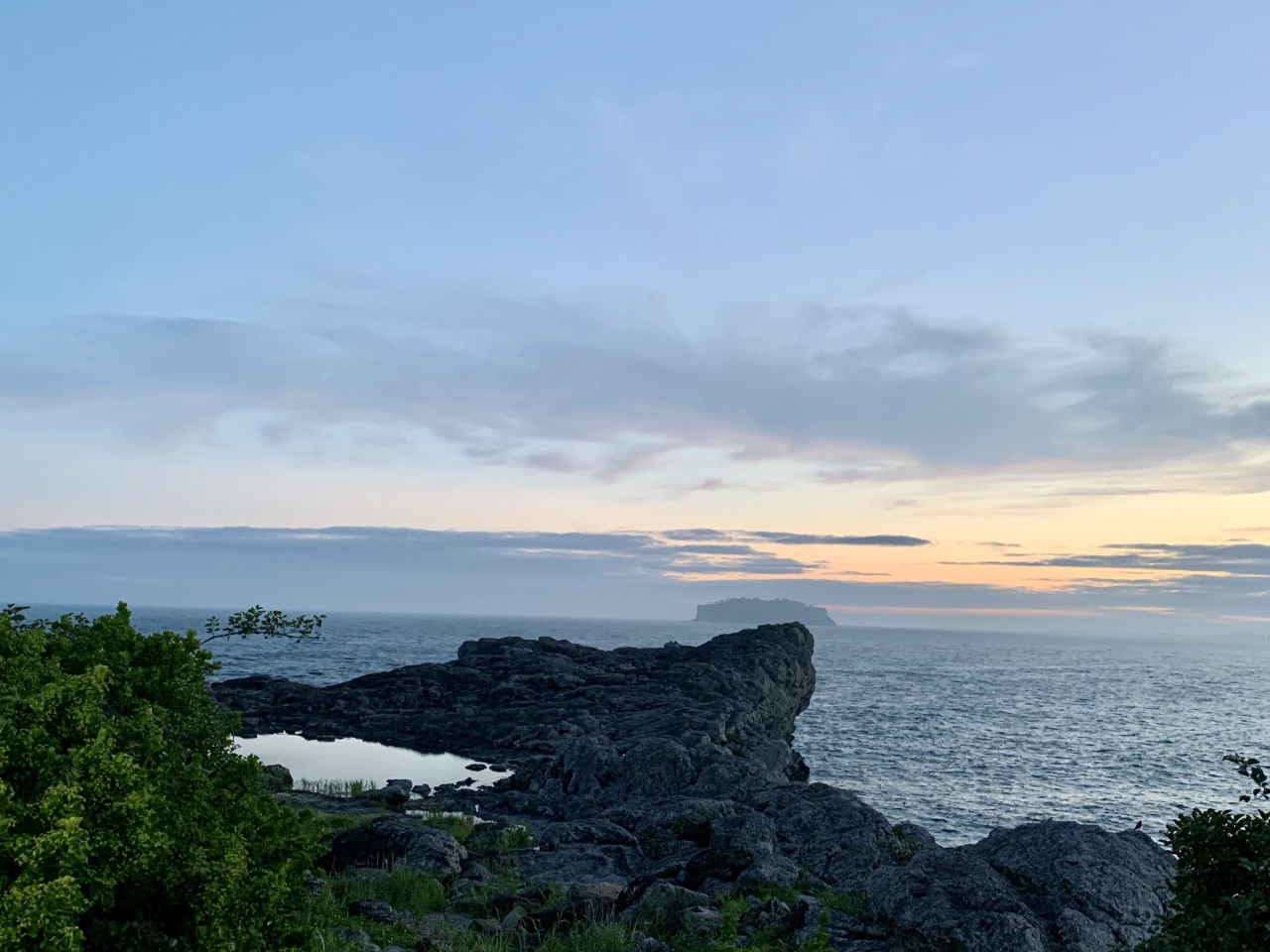
JEJU ISLAND -- Jeju Island is a popular travel destination this summer. As overseas travel is almost impossible due to concerns about COVID-19, more people are flocking to the southern island from the mainland.
The island boasts vast natural areas, from oceans to mountains and fields, where tourists can avoid close contact with others. Travelers often stay at private villas and get around in rental cars -- good holiday options in the time of the coronavirus pandemic.
But tourists need to be responsible while traveling on Jeju Island. Wearing masks is a must. Another must is monitoring your health and reporting any suspected COVID-19 symptoms to the authorities.
Here are some travel spots and activities that people can enjoy on Jeju Island while taking precautions against the virus.
Organic farm experience

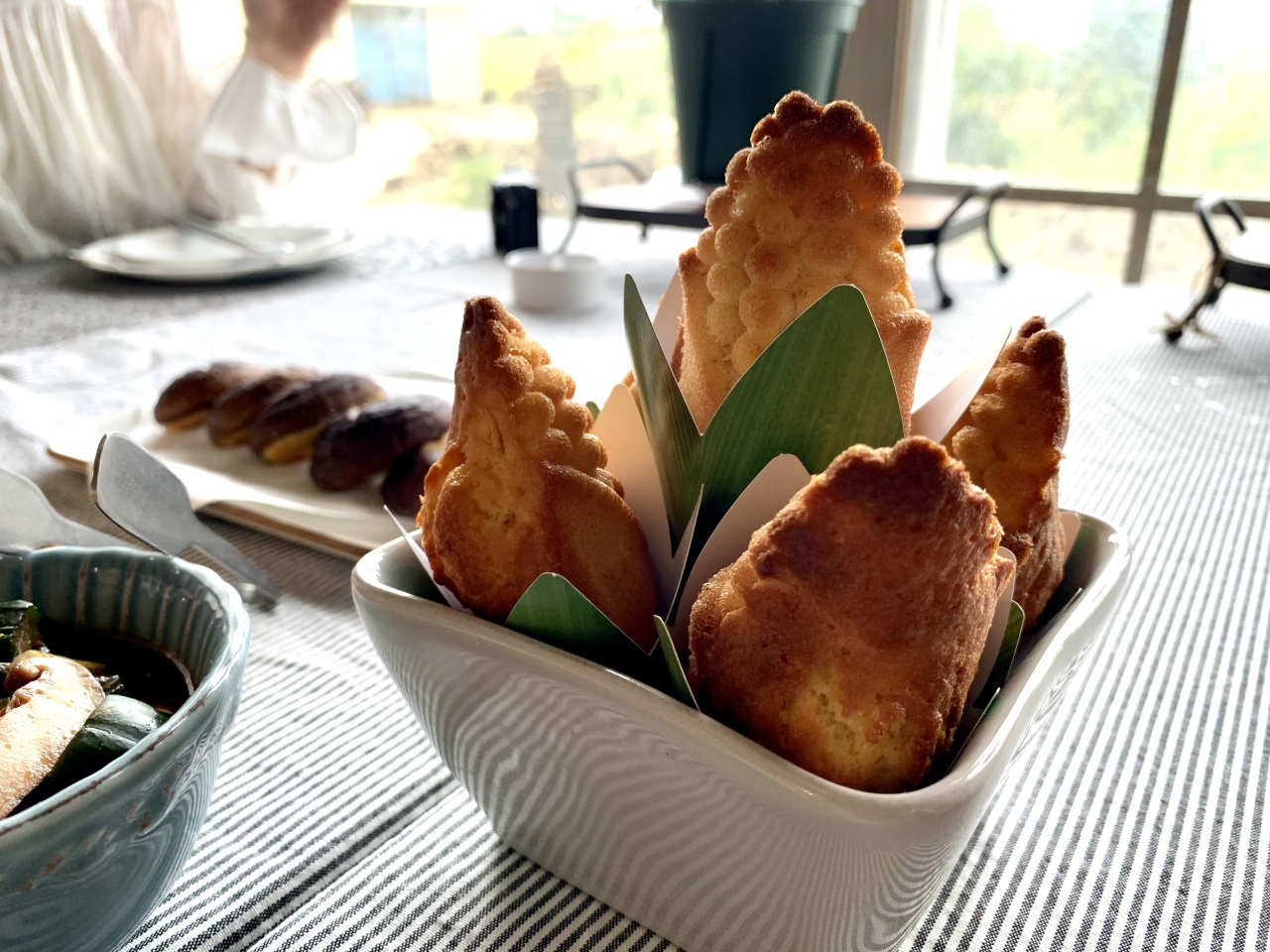
The Mulme Healing Farm is an organic farm and education center situated in Aewol, a 20-minute drive from the Jeju International Airport.
Though Aewol is a popular touristy neighborhood packed with cafes and restaurants, the farm is secluded in a quiet area populated only by locals. Yang Hee-jeon, the owner, founded the farm in 1995 while studying alternative medicine.
Yang harvests organic tangerines, sweet potatoes, citrons (yuja) and corn on the farm. He also runs Nomad Nature Traveling, a program that allows people to experience healthy lifestyles through trekking, meditation, healthy eating and other activities.
Forest therapy
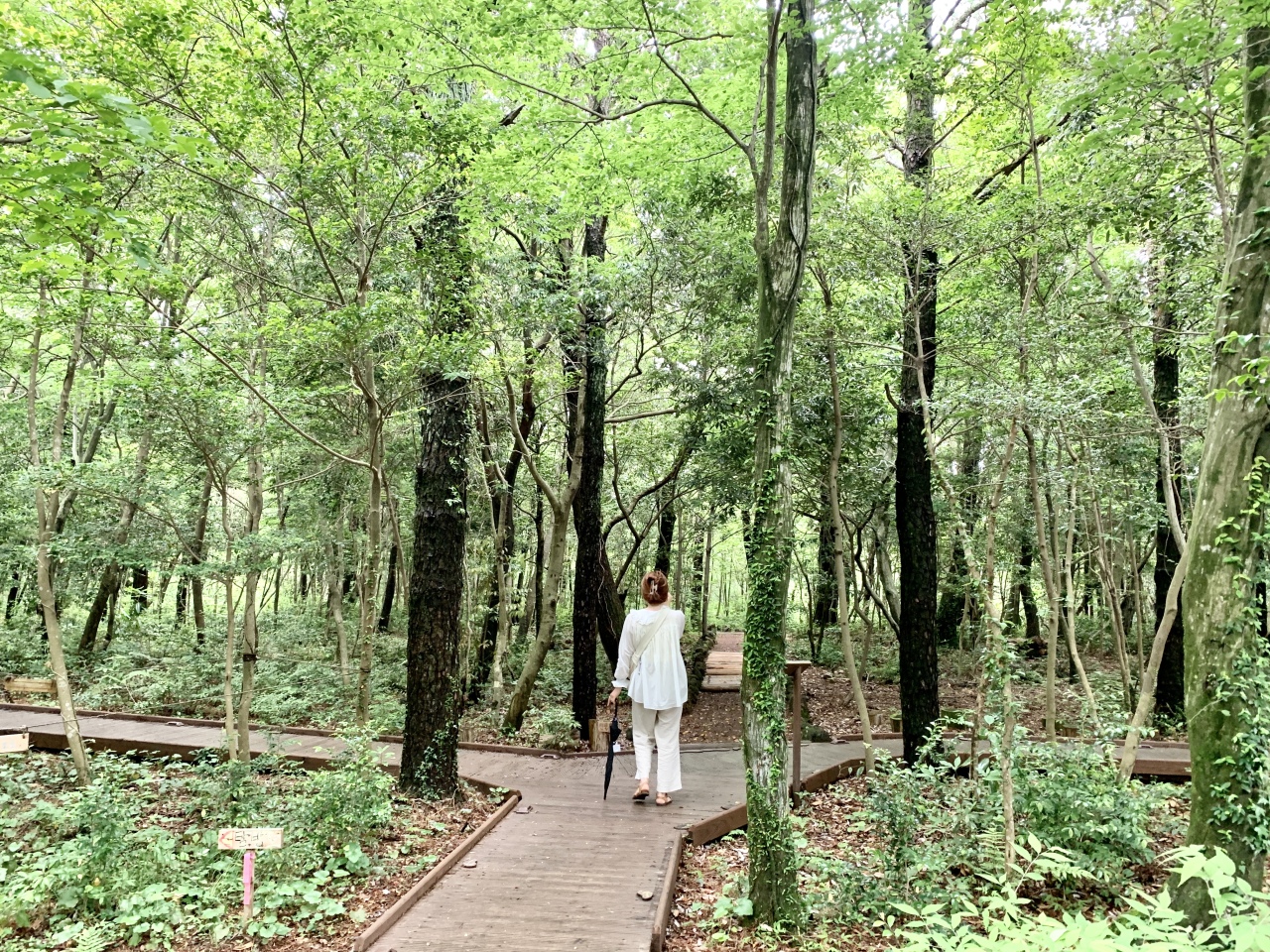
The Seogwipo Forest of Healing, 20 minutes from the city center, is a serene forest of cedar trees.
There are 10 themed paths, which together stretch 11 kilometers and allow visitors to explore the forest under the direction of forest guides. The forest is 320-760 meters above sea level and showcases the island’s diverse vegetation.
The forest has experience programs that run from one to three hours. Participants can walk through the forest barefoot to feel the texture of the island’s soil. A refreshing footbath in a cedarwood bathtub awaits. The trails are barrier-free, open to visitors of all ages and accessible to people with disabilities.
Admission is 1,000 won for adults, and special programs cost 20,000 won. Reservations are mandatory for all visitors. For more information, check the website at healing.seogwipo.go.kr.
Off-road driving experience
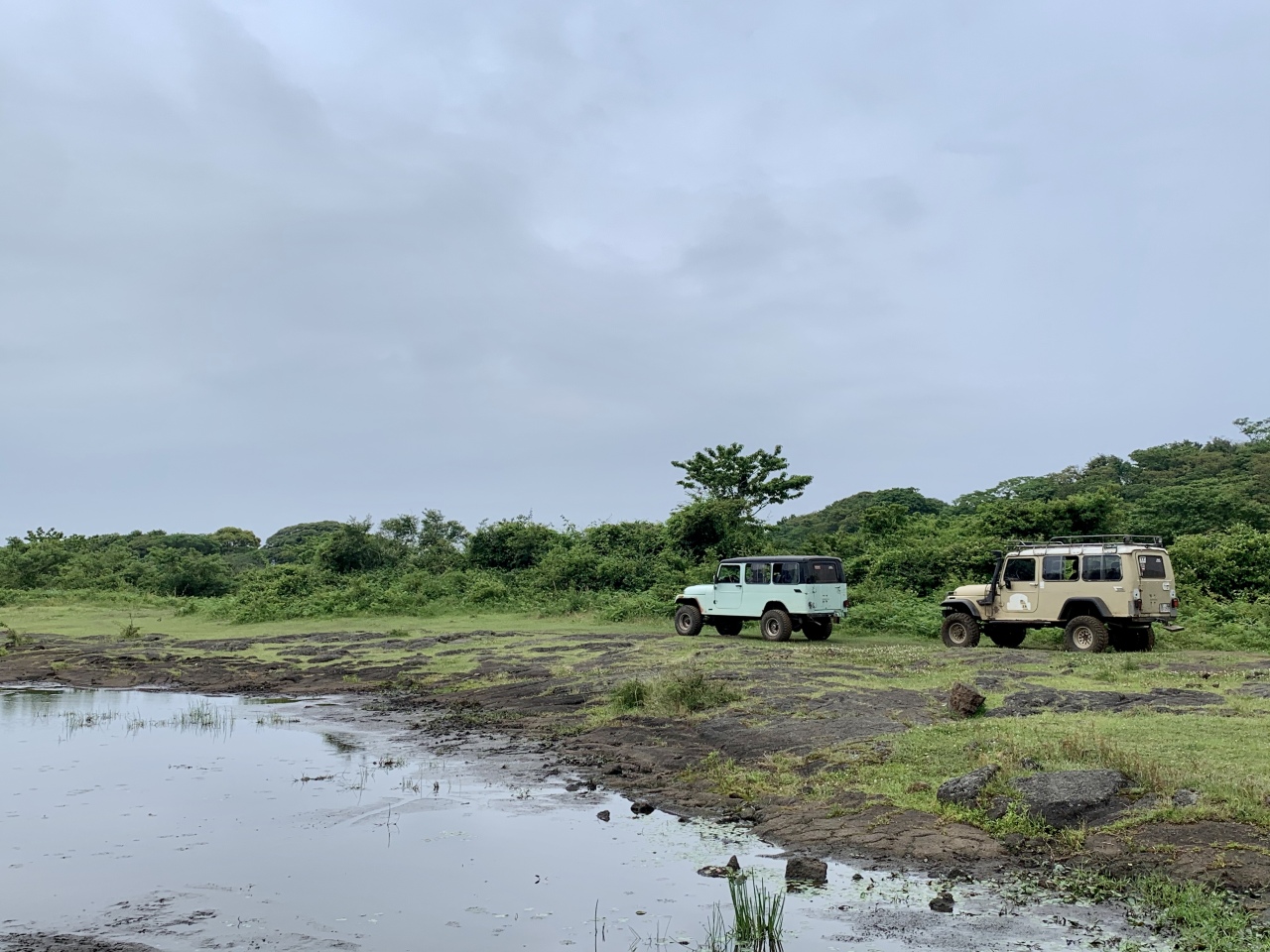
Being out in nature does not mean the absence of excitement. The Jerazin Offroad Jeju Camp offers an adrenaline-fueling off-road vehicle experience to its visitors.
Hopping into an off-road specialized vehicle, tourists can explore the peaceful 430-square-kilometer campsite, mainly occupied by Jeju Island horses. The wild pasture is open only to authorized vehicles.
A veteran driver leads the visitors on a bumpy 6.5-kilometer ride. One may fear the car overturning at any moment, or being pushed out the window during the ride. During breaks, visitors can take in the beautiful wilderness of Jeju Island.
Participants must be at least 120 centimeters tall, and rides cost 39,000 won per person.
Village in a crater
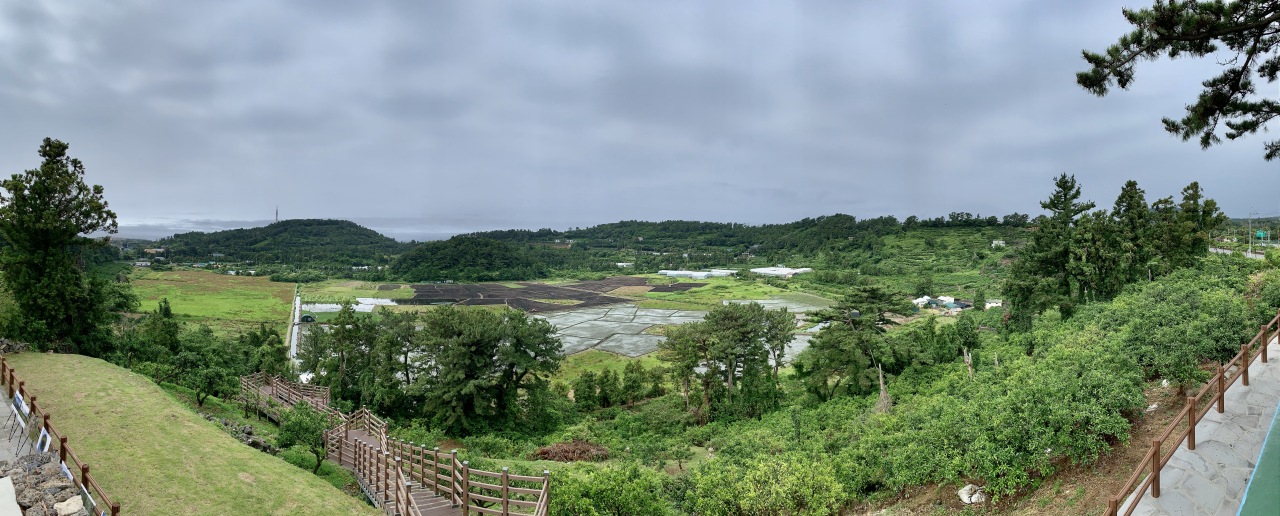
The Hanon-Maar Crater was formed 50,000 years ago and measures 3.8 kilometers in diameter, making it twice as wide as Baengnokdam, a lake at the peak of Hallasan.
For 500 years, the bottom of the crater has been home to rice paddies, which yield the most plentiful rice harvest on Jeju Island. Jeju Island is a volcanic island with soil that is otherwise unfit for rice cultivation. The crater, on the other hand, has the perfect conditions for growing rice. A small picturesque village is at the bottom of the crater, resembling a fantasy film.
There is ongoing debate about whether the crater should be restored to its natural state.
An old market for hipsters
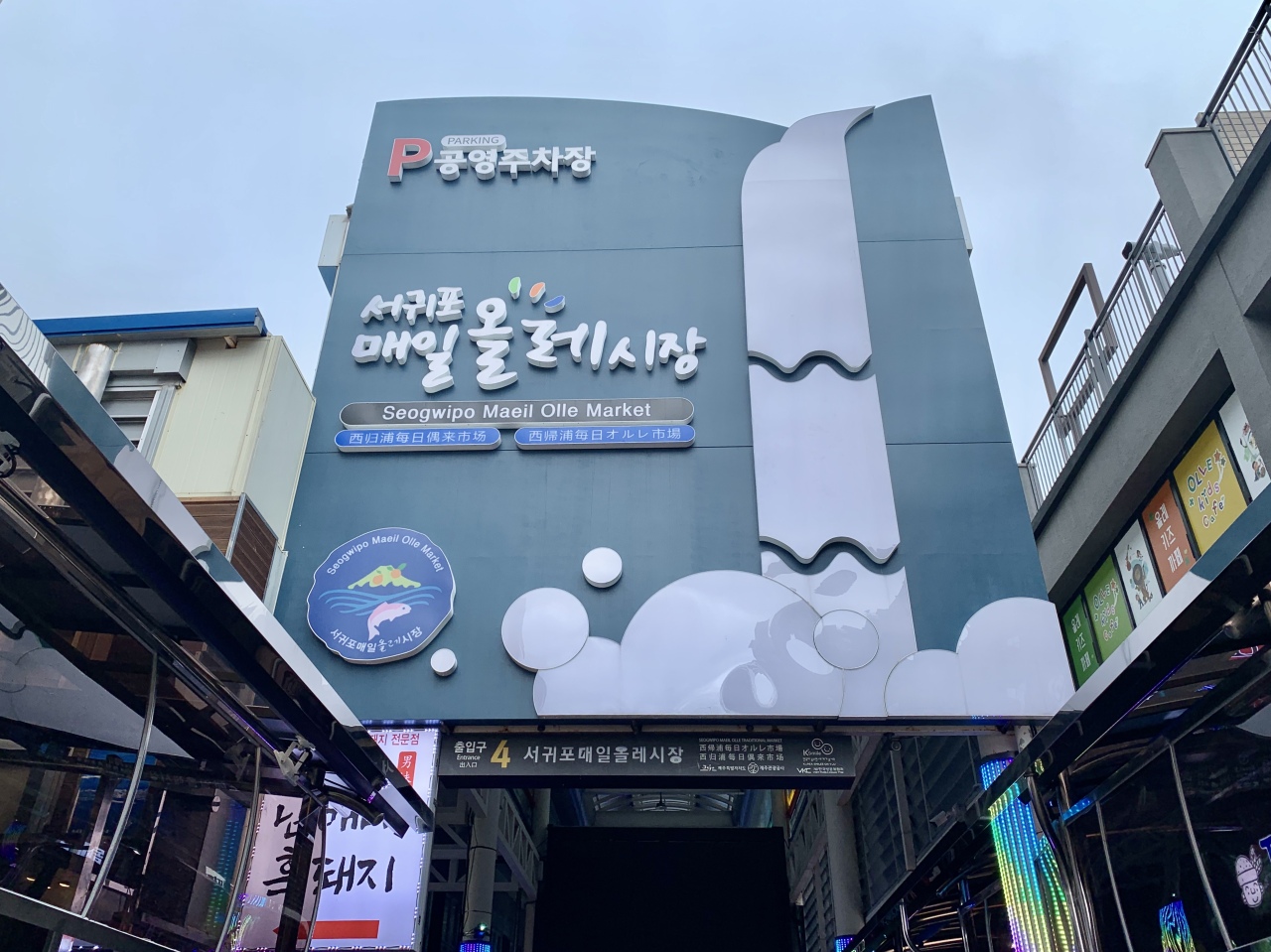
The Seogwipo Daily Olle Market is the biggest market in Seogwipo. Founded in 1960, it has 200 stores and 140 stalls. Though the market has a 60-year history, the facilities are relatively modern as it was renovated in 2001.
This once-neglected traditional market is now frequented by young tourists at night as rows of food stalls sell unique snacks. Croquettes made with pork from Jeju black pig, fried snow crab and more are on the menu.
By Im Eun-byel (silverstar@heraldcorp.com)








![[KH Explains] How should Korea adjust its trade defenses against Chinese EVs?](http://res.heraldm.com/phpwas/restmb_idxmake.php?idx=644&simg=/content/image/2024/04/15/20240415050562_0.jpg&u=20240415144419)











![[Today’s K-pop] Stray Kids to return soon: report](http://res.heraldm.com/phpwas/restmb_idxmake.php?idx=642&simg=/content/image/2024/04/16/20240416050713_0.jpg&u=)